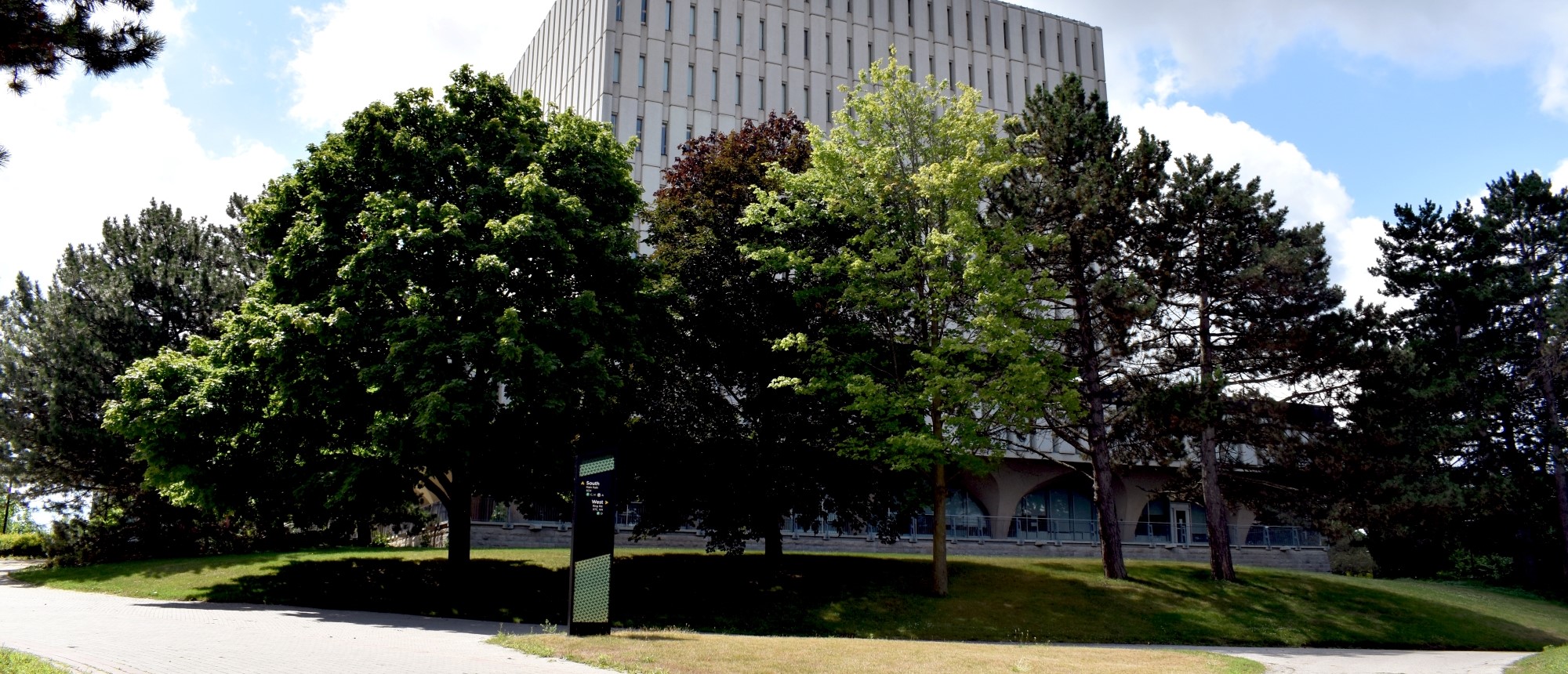UWSpace
UWSpace is the University of Waterloo’s institutional repository for the free, secure, and long-term home of research produced by faculty, students, and staff.
Depositing Theses/Dissertations or Research to UWSpace
Are you a Graduate Student depositing your thesis to UWSpace? See our Thesis Deposit Help and UWSpace Thesis FAQ pages to learn more.
Are you a Faculty or Staff member depositing research to UWSpace? See our Waterloo Research Deposit Help and Self-Archiving pages to learn more.

Error fetching top-level communities
